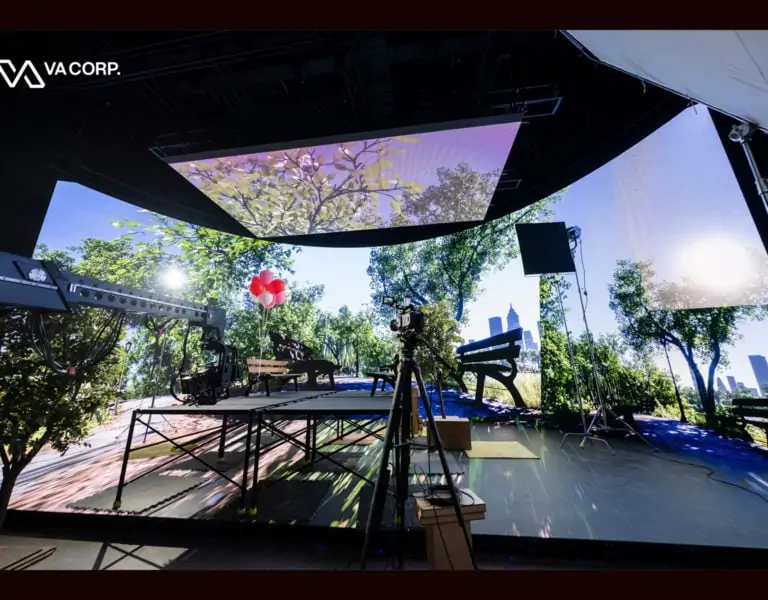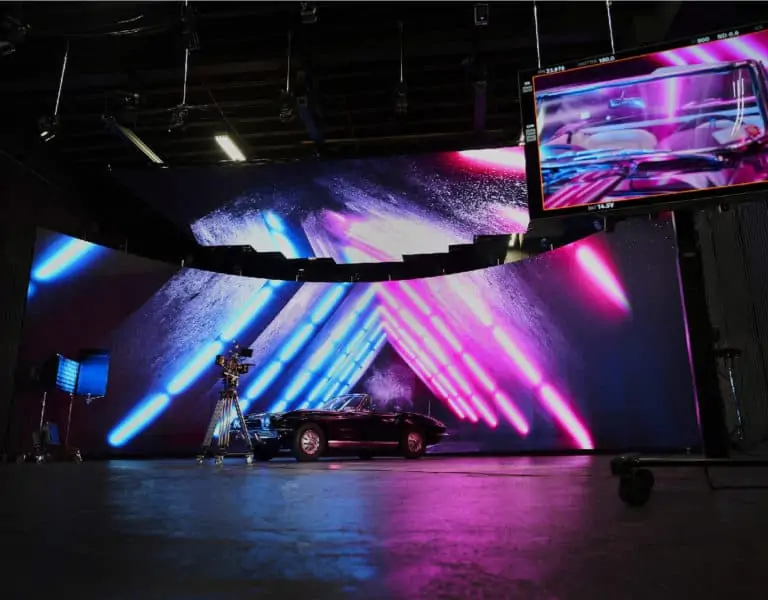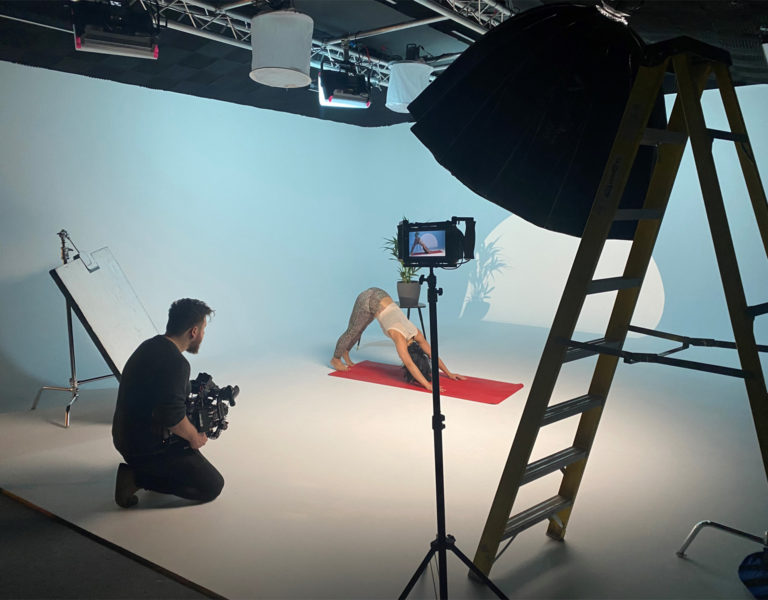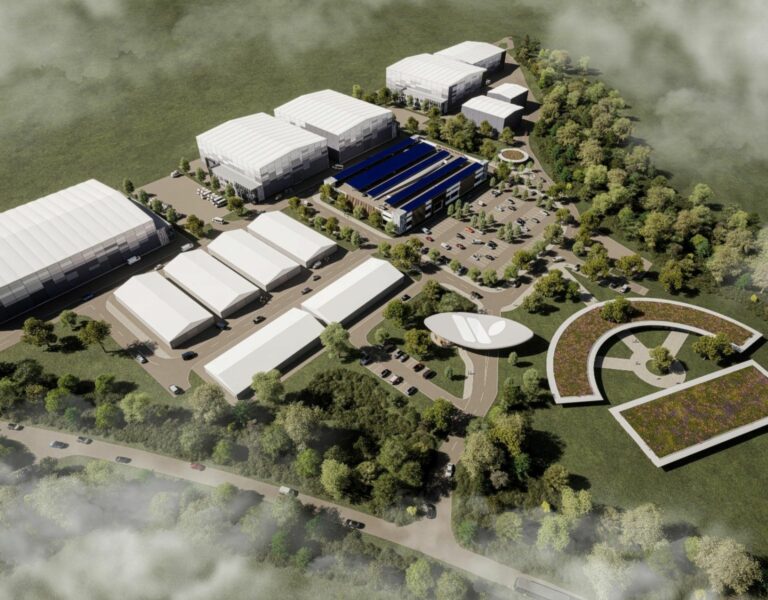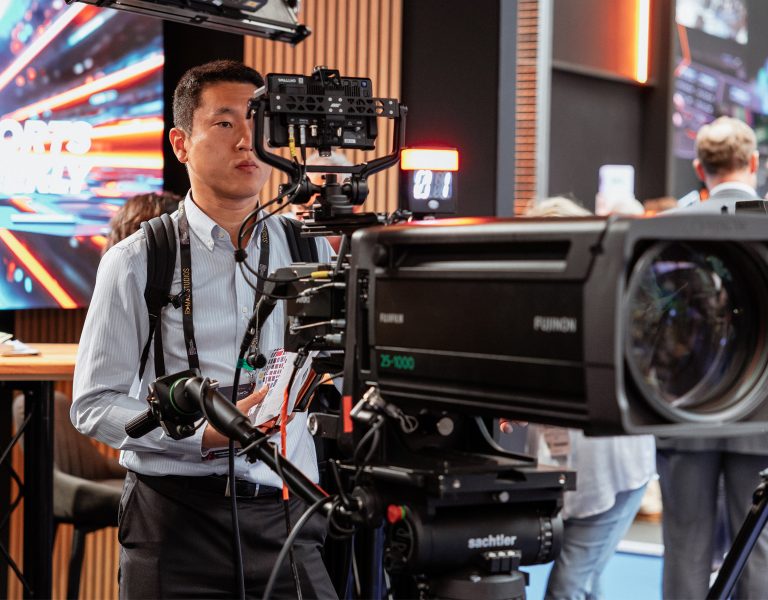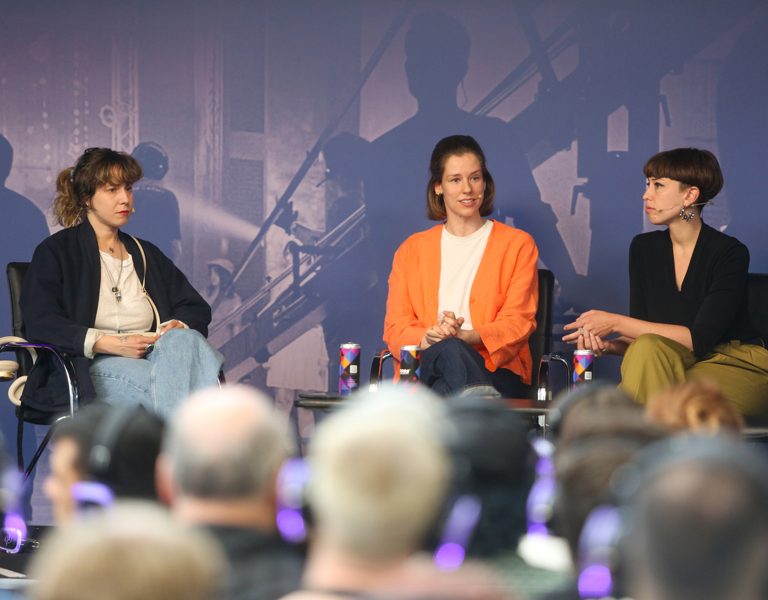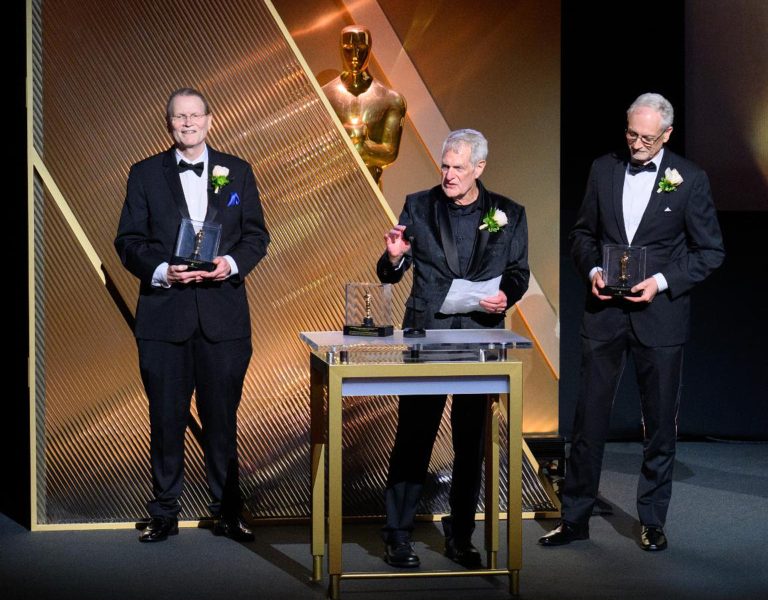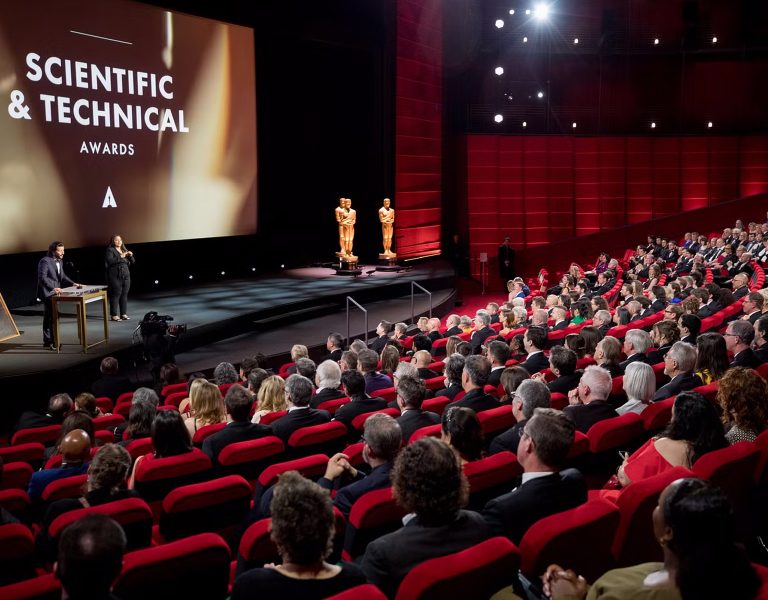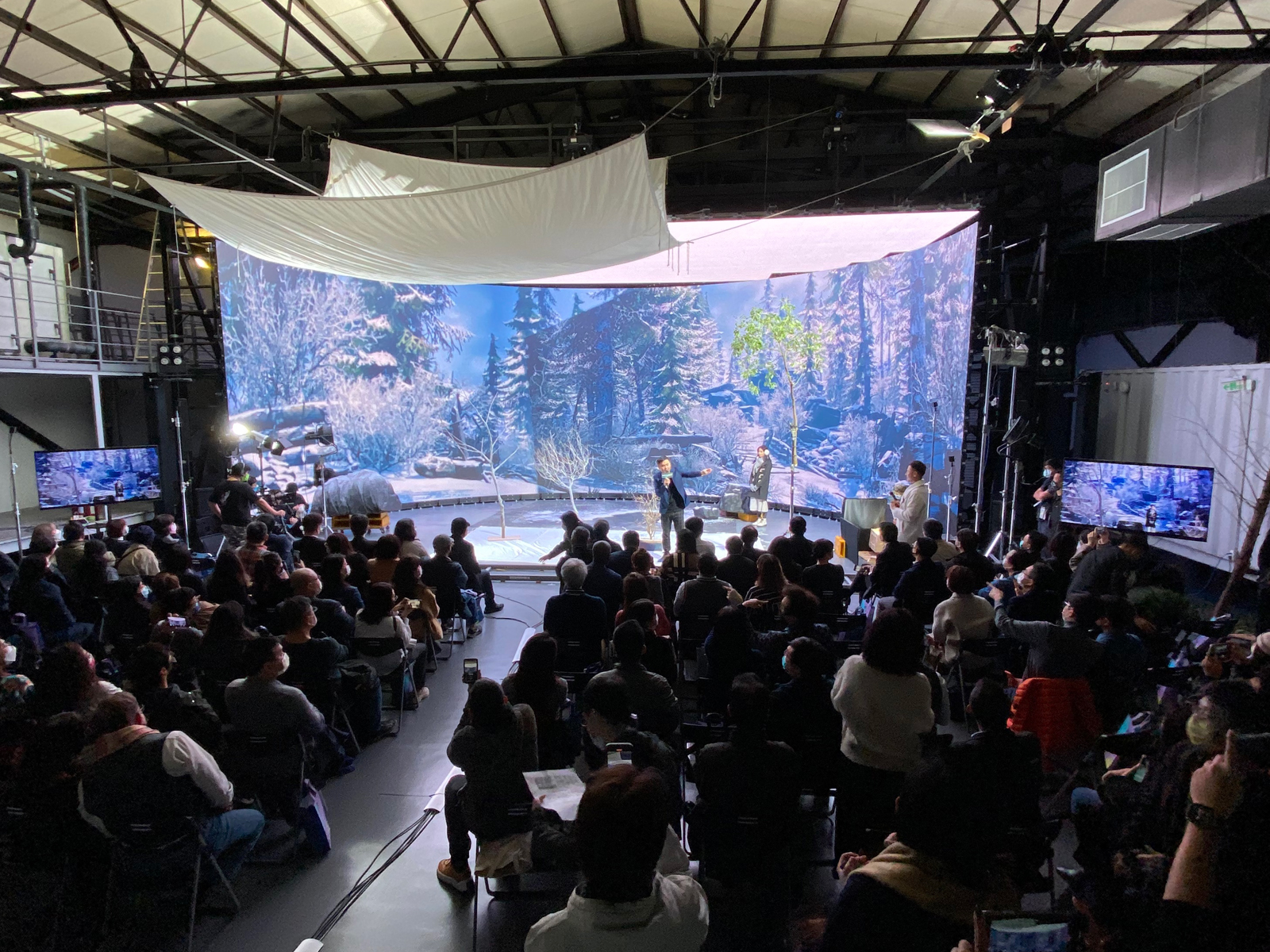
With offices in Taiwan and Australia, award-winning production house for film and television, Reno Studios, has created Taiwan’s finest pixel pitch virtual production facility. Opened at the end of last year, it is located at the longest-running Taiwanese movie studio, Central Motion Picture Corporation.
Helping bring clients’ stories to the screen is Brompton Technology LED processing, which delivers exceptional image quality and colour accuracy, creating the most ‘close-to-reality’ environment, seamlessly blending live and digital content.
“In collaboration with partners, Reno Studios provides a one stop service for international shooting projects, with access to essential services such as scenery construction, camera rental, lighting post-production and sound processing,” says Peter Huang, General Manager of Reno Studios.
Huang knows that image quality is one of the most important elements for virtual production, with LED panels and LED processors fundamentally determining whether image detail can be reproduced vividly on the LED wall. As a result, the team chose LED solutions from LED panel manufacturer, AUO Corporation, which has over 26 years’ experience in R&D and production of display technology, and industry gold standard Brompton Tessera SX40 4K LED processors to power the giant LED volume.
“Brompton is a leader in LED processing,” Huang adds. “Its Tessera software features such as Puretone, ThermaCal, Frame Remapping, ShutterSync®, Extended Bit Depth, and Stacking, enable film directors to freely create any type of content and not be limited artistically. Additionally, the Tessera processors’ colour accuracy and smooth image display create the most ‘close-to-reality’ environment possible, where actors can interact with the LED wall, the two blending seamlessly together.”
The studio’s curved LED volume comprises AUO Pitch 1.95 LED panels measuring 12 metres wide by five metres high, which support at least 99% DCI-P3 colour space. The main wall is three groups of LED panels (left, middle, right), with each group controlled by one Tessera SX40 4K LED processor and three Tessera XD 10G data distribution units. “As well as the SX40 processors and XD distribution units controlling the main wall, there is a Tessera SX40 and an XD unit for the ceiling,” adds Huang.
Speaking about additional benefits that Brompton offers to Reno Studio’s FX team, Huang notes how Tessera processors free images from colour variations or screen tearing caused by video latency, so the scene model and animation special effects can be presented beautifully and correctly. “This makes the whole shooting process seem much smoother and more hassle-free,” he says. Additionally, all the LED panels were dynamically calibrated with Brompton’s Hydra advanced measurement system, making them Brompton HDR-ready and unlocking the full potential of the LEDs.
“LED virtual production is still a new technology and is advancing continuously. It’s also a new trend in the film and television industry,” says Huang. “Based on Reno Studio’s experience and expertise in video production, we can strike new sparks in the industry and create infinite possibilities in Taiwan and beyond. We are thrilled about all the creative possibilities virtual production technology can offer our clients, and with partners like Brompton Technology on board with us, we are confident we can turn any idea or story into reality!”
“With the rapidly growing demand for cutting-edge virtual production solutions, we are really pleased that Reno Studios has chosen our LED processing technology for the country’s finest pixel pitch Brompton powered VP movie studio,” concludes Elijah Ebo, Director of APAC Operations at Brompton Technology. “The new stage will not only offer unrivalled creative opportunities in film production, but also open the doors to TV, commercials, broadcast, and even AR or MR-focussed productions.”
